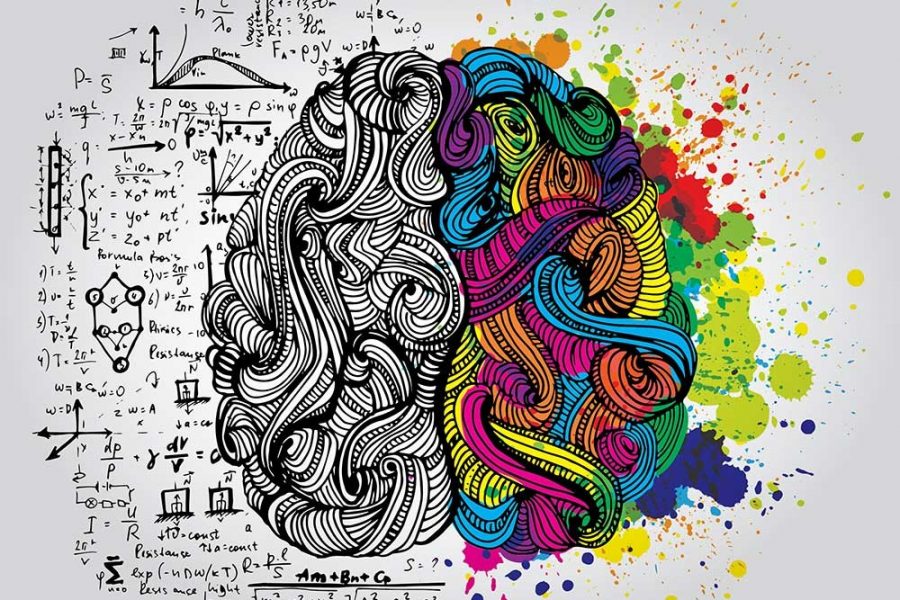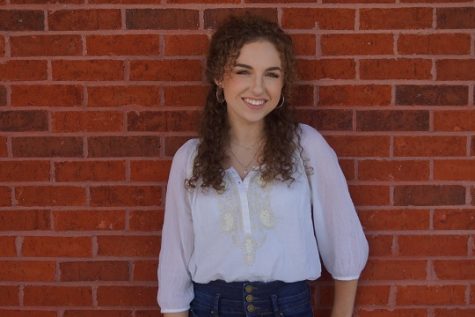Arts Education
The right brain craves creativity and art, while the left thrives off of academics and logic. The arts keep students balanced and give them a way to express themselves. The arts need to be protected because if we lose them, we all become the same. (Photo from https://milady.cengage.com/blog/right-vs-left.)
May 7, 2019
Imagine art students using paint with such poor quality that you are almost able to peel it off the canvas. Imagine using paint brushes that have lost all of their bristles and now resemble small, dried-out, pine straw brooms. Imagine choir kids with no risers to perform on and performing arts students with tears and holes in their costumes, as well as a poor facility in which to put on plays. It is not that hard to imagine, right? For years, there has been a constant struggle within schools and across the nation regarding the arts. When a school is facing budget issues, isn’t it funny how the subjects that most benefit students, after academics, are the first to go? The arts are what make us unique from one another. They give us a way to communicate our true feelings and express ourselves daily. Without art, we would be lost. We would all be the same.
Besides the obvious reasons to help the arts stay prominent, they are actually beneficial to everyone. According to researchers from the University of California in Los Angeles, students with high arts involvement performed better on standardized achievement tests than students with low arts involvement. Academics may be at the top of the educational hierarchy; however, the arts are proven to increase self esteem. Studies show that nearly 74% of people have a fear of public speaking, causing them to stutter, speak to fast, forget their words, or break down during a presentation. The act of performing can help students and youth recognize their potential for success and improve their confidence. The arts help to stimulate the right side of the brain, which controls creativity and the imagination, while the left is the more logical side. For example, Scientists at Harvard University found that children with music lessons have more growth in the auditory cortex, the frontal lobe, and the choroid plexus. These are all major parts of the brain that develop over time, as we grow older.
Aside from scientific reasons, the arts–just like sports–give students a break from the struggle of academic life. When students are able to take a break from their academic duties as students to go express themselves in different ways, this allows them to come back to their academics with a refreshed mind. The right side of the brain keeps the left in check. They balance each other out. Without the right side of the brain and the creativity in art, the left brain would overrun everything and our society would look something like any given dystopian society: Loris Lowry’s The Giver, George Orwell’s 1984, etc. They all involve a lack of originality and the lack of free will thinking. In these dystopian societies, creativity is supressed and unique individuals are crushed. We cannot let art die.
You know, just recently, Notre Dame–a building that has been standing in France since 1163–caught fire. This one building was so rich with history and art. It had been the subject of so many pieces, and it burned as hundreds of civilians watched–yet another piece of art to die. I would like to think it is not as symbolic as I originally thought, but in a way it is. Although no one purposefully set fire to this building, it reminded me of how our society handles art. We do not miss it until it is gone. People are always saying that artwork is more worthy when the person who made it has died, but if no one is making art we will all lose our value.
Check out this quiz to see which side of the brain is more you!




